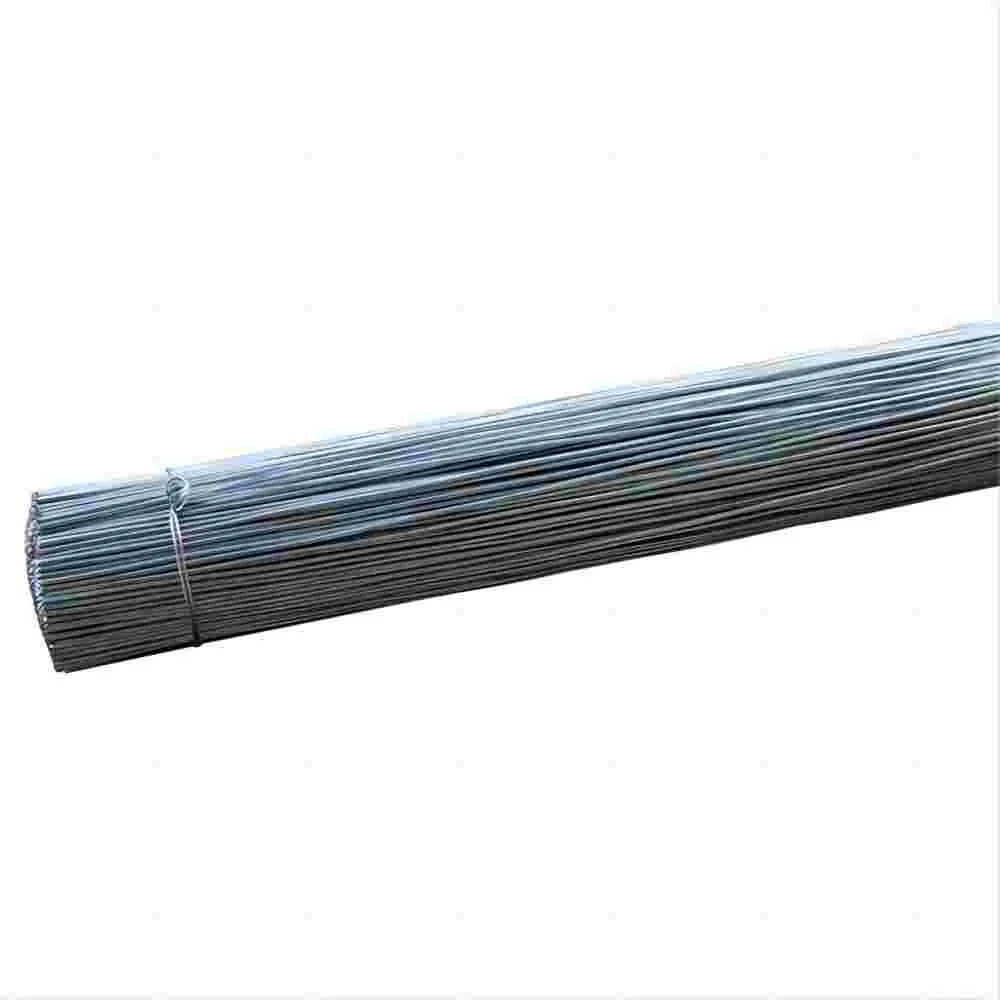Feb . 14, 2025 08:59
Back to list
common vs box nails
Choosing the right type of nail can significantly impact the quality and durability of your woodwork projects. Two common types of nails often considered for construction and carpentry are common nails and box nails. Understanding the differences between these two can make a substantial difference in your project’s outcome. This detailed guide provides insights into their characteristics, benefits, and potential applications, crafted to enhance your knowledge and decision-making in selecting the right nail for your needs.
1. Wood Type For hard woods, common nails may be preferable due to their sturdiness. In contrast, box nails are better for soft woods to prevent splitting. 2. Project Scale Large-scale projects involving heavy loads or critical structural integrity, such as framing or decking, benefit from the strength of common nails. For projects where the visual finish is more critical or the load lighter, box nails may be more suitable. 3. Environmental Considerations Both types of nails can be galvanized to resist corrosion, essential for projects exposed to the elements. The choice between them in outdoor settings should therefore hinge more on the mechanical requirements of the project rather than environmental concerns. Honing Your Expertise Developing an understanding of fasteners deeply influences the success and longevity of construction projects. Experts often share that the habit of testing different nails in small samples can significantly improve judgment over time. This practical experiment sheds light on nuances such as the nail’s grip, the wood’s response, and overall material compatibility. For those looking to gain authoritative expertise, engaging with professional carpentry forums or local building workshops can provide deeper insights. Additionally, consulting with experienced carpenters or builders can offer valuable perspectives, especially for unique or complicated projects that require a nuanced approach to fastener selection. Trust in Quality and Brand Expertise in selecting nails also extends to understanding brands known for quality. Reliable manufacturers often provide detailed technical specifications and applications for their nails. Trustworthy brands tend to engage in rigorous testing, ensuring their products meet industry standards. Choosing nails from such sources can significantly boost the trustworthiness of your projects. In conclusion, while common and box nails are simple, they are far from equal in application. Knowing when and how to apply each type can not only improve the structural integrity and aesthetic quality of your project but also expand your expertise in carpentry and construction. As you hone your skills, remember that the smallest details, such as choosing the right nail, cumulatively contribute to the craftsmanship and durability of your work.


1. Wood Type For hard woods, common nails may be preferable due to their sturdiness. In contrast, box nails are better for soft woods to prevent splitting. 2. Project Scale Large-scale projects involving heavy loads or critical structural integrity, such as framing or decking, benefit from the strength of common nails. For projects where the visual finish is more critical or the load lighter, box nails may be more suitable. 3. Environmental Considerations Both types of nails can be galvanized to resist corrosion, essential for projects exposed to the elements. The choice between them in outdoor settings should therefore hinge more on the mechanical requirements of the project rather than environmental concerns. Honing Your Expertise Developing an understanding of fasteners deeply influences the success and longevity of construction projects. Experts often share that the habit of testing different nails in small samples can significantly improve judgment over time. This practical experiment sheds light on nuances such as the nail’s grip, the wood’s response, and overall material compatibility. For those looking to gain authoritative expertise, engaging with professional carpentry forums or local building workshops can provide deeper insights. Additionally, consulting with experienced carpenters or builders can offer valuable perspectives, especially for unique or complicated projects that require a nuanced approach to fastener selection. Trust in Quality and Brand Expertise in selecting nails also extends to understanding brands known for quality. Reliable manufacturers often provide detailed technical specifications and applications for their nails. Trustworthy brands tend to engage in rigorous testing, ensuring their products meet industry standards. Choosing nails from such sources can significantly boost the trustworthiness of your projects. In conclusion, while common and box nails are simple, they are far from equal in application. Knowing when and how to apply each type can not only improve the structural integrity and aesthetic quality of your project but also expand your expertise in carpentry and construction. As you hone your skills, remember that the smallest details, such as choosing the right nail, cumulatively contribute to the craftsmanship and durability of your work.
Share
Next:
Latest news
-
Weather Resistance of Woven Wire and Chicken Wire Fencing MaterialsNewsJun.05,2025
-
Umbrella Nails Innovations in Roofing Fasteners for Wind ResistanceNewsJun.05,2025
-
Modern Barbed Wire Fence Designs for Perimeter ProtectionNewsJun.05,2025
-
How Iron Nail Wire Enhances Nail Strength and Installation EfficiencyNewsJun.05,2025
-
High-Security Razor Fence Solutions for Perimeter ProtectionNewsJun.05,2025
-
Durable Wire Netting Fence Solutions for Animal EnclosuresNewsJun.05,2025




